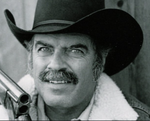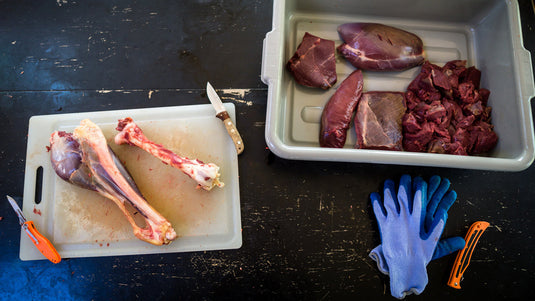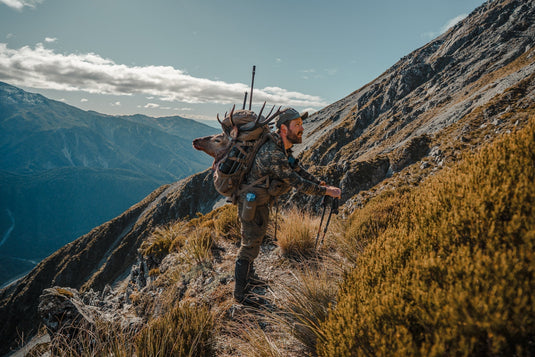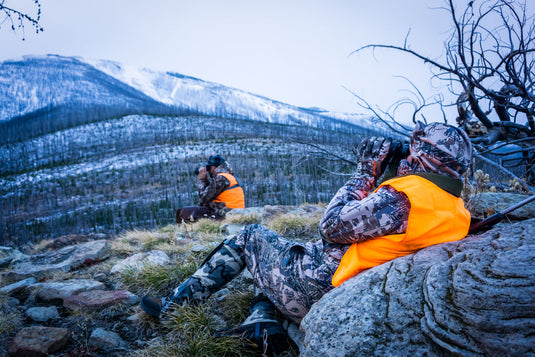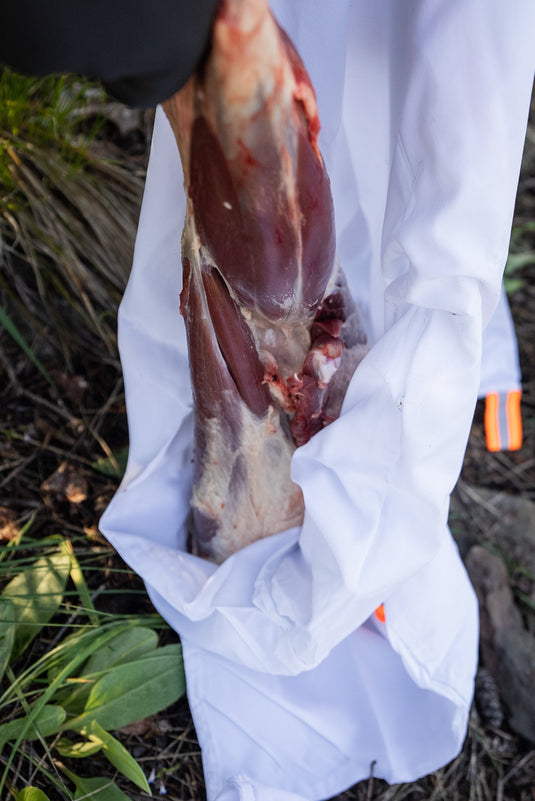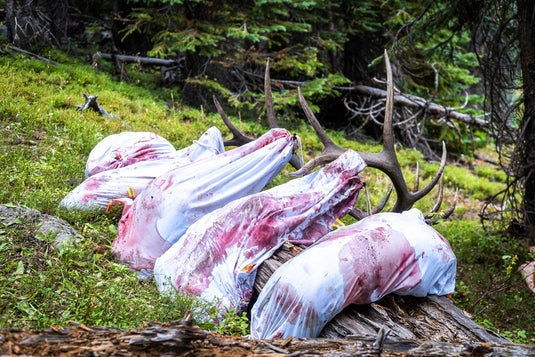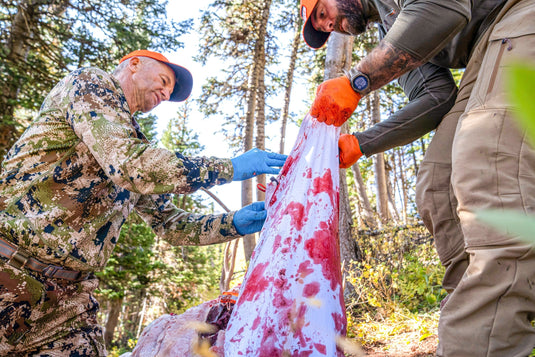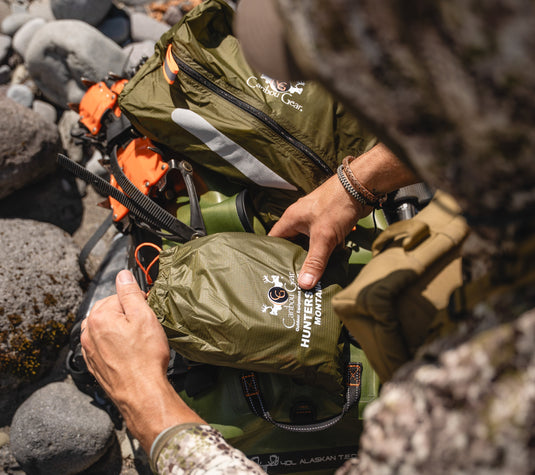More than 100 years ago well-meaning folks transported brook trout from their native range in the east to the streams and creeks in the Rockies. At the time the only native trout in the Rockies were cutthroats that occupied lakes, rivers and creeks. There were also some bull trout but they weren’t nearly as plentiful as cutthroats. The people who introduced the brook trout, which inhabit the eastern portions of North America from Canada and down through the Appalachians to Georgia, figured they’d make a nice addition to western waters.  They had no idea that stocking invasive brook trout would upset the fragile ecology of the west and cause the elimination of cutthroats in thousands of miles of creeks throughout the Rockies, from Colorado to Montana, Wyoming, Utah and Idaho. Because of their prolific and competitive nature, it didn’t take long for brookies to quickly establish themselves, often in great numbers. But the high mountain streams and creeks offer little in the way of adequate conditions. The growing season is short because of the short summer, and the cold waters aren’t conducive to aquatic insect production, though grasshoppers and worms that find their way in the streams are quickly gobbled up by hungry trout. As a consequence, brook trout are commonly stunted because there are simply too many in the environment in which they live. In many streams a 12 inch brook trout is the king of the creek with most running five to nine inches.Before continuing, you may be wondering why I’m writing this article about fishing in a hunting oriented blog.
They had no idea that stocking invasive brook trout would upset the fragile ecology of the west and cause the elimination of cutthroats in thousands of miles of creeks throughout the Rockies, from Colorado to Montana, Wyoming, Utah and Idaho. Because of their prolific and competitive nature, it didn’t take long for brookies to quickly establish themselves, often in great numbers. But the high mountain streams and creeks offer little in the way of adequate conditions. The growing season is short because of the short summer, and the cold waters aren’t conducive to aquatic insect production, though grasshoppers and worms that find their way in the streams are quickly gobbled up by hungry trout. As a consequence, brook trout are commonly stunted because there are simply too many in the environment in which they live. In many streams a 12 inch brook trout is the king of the creek with most running five to nine inches.Before continuing, you may be wondering why I’m writing this article about fishing in a hunting oriented blog.  Fact is, surveys show some 67% of hunters also enjoy fishing. Also, many products offered by Caribou Gear are not only useful to hunters, but to anglers as well. Interestingly, the nonresident fee for a Colorado elk license also has a fishing license included. This license is added to the elk fee and is not something that is provided for free. You’re paying specifically for the fishing license as well. This being the case, elk hunters in Colorado have a fishing license whether they like it or not. Perhaps the CPW figures that most elk hunters are in mountain country with plenty of creeks and streams and therefore should appreciate the opportunity to fish. That’s no doubt the case with many elk hunters all over the Rockies, which brings us back around to the subject of brook trout.Since brook trout are typically so abundant in western waters, most states have added extra brookies to the limit to allow anglers to harvest more than the normal limits.
Fact is, surveys show some 67% of hunters also enjoy fishing. Also, many products offered by Caribou Gear are not only useful to hunters, but to anglers as well. Interestingly, the nonresident fee for a Colorado elk license also has a fishing license included. This license is added to the elk fee and is not something that is provided for free. You’re paying specifically for the fishing license as well. This being the case, elk hunters in Colorado have a fishing license whether they like it or not. Perhaps the CPW figures that most elk hunters are in mountain country with plenty of creeks and streams and therefore should appreciate the opportunity to fish. That’s no doubt the case with many elk hunters all over the Rockies, which brings us back around to the subject of brook trout.Since brook trout are typically so abundant in western waters, most states have added extra brookies to the limit to allow anglers to harvest more than the normal limits.  For example, in my home state of Wyoming an angler can keep 16 bonus brookies of any size in addition to the regular trout limit. Colorado anglers can keep 10 extra brookies that are 8 inches or less. Idaho and Montana allow a bonus of 25 brook trout. Utah has a bonus limit of 4 brookies. Other western states may have similar bonuses.Note that these bonus limits may not apply to all waters, and minimum sizes may also differ.Though brook trout are usually easy to catch under the right conditions, you’ll have a tough time if you’re careless. That means being spotted by fish if you’re fishing a small, clear stream. They’ll immediately spook and dart around until they take shelter under overhanging banks, near rocks, brush and fallen trees. Even your shadow will alert them. When they’re spooked you can count on catching nothing except for maybe tiny trout that are two or three inches long that are taking advance of the temporary evacuation of the bigger trout that have departed.As a rule, never wear colorful clothing that will allow you to be easily spotted from a distance. I wear a camo shirt or at least something brown or dark green.
For example, in my home state of Wyoming an angler can keep 16 bonus brookies of any size in addition to the regular trout limit. Colorado anglers can keep 10 extra brookies that are 8 inches or less. Idaho and Montana allow a bonus of 25 brook trout. Utah has a bonus limit of 4 brookies. Other western states may have similar bonuses.Note that these bonus limits may not apply to all waters, and minimum sizes may also differ.Though brook trout are usually easy to catch under the right conditions, you’ll have a tough time if you’re careless. That means being spotted by fish if you’re fishing a small, clear stream. They’ll immediately spook and dart around until they take shelter under overhanging banks, near rocks, brush and fallen trees. Even your shadow will alert them. When they’re spooked you can count on catching nothing except for maybe tiny trout that are two or three inches long that are taking advance of the temporary evacuation of the bigger trout that have departed.As a rule, never wear colorful clothing that will allow you to be easily spotted from a distance. I wear a camo shirt or at least something brown or dark green.  But wearing muted clothing isn’t enough if you’re visible. That’s why I literally crawl as close as I dare to the stream, sometimes where I can’t see my bait or artificial offering.Once while camping in the mountains my daughter and husband left camp with their fishing gear and fished a close-by stream for a couple hours. They hadn’t caught a fish. I was surprised because the creek had always been productive and I never failed to get a limit. I noted that they had no mud on the knee area of their trousers and asked if they had been crawling close to the stream. They said they hadn’t and I sent them back out to try it again. They returned a few hours later, each carrying a limit of brookies. Their knees were muddy.In deeper water you can get away with being seen by brookies since they evidently believe they’re safe. It’s not uncommon to catch an easy limit out of a deep pool. Don’t overlook fast runs and riffles. Brook trout will hold in the current.Since all trout are always facing upstream I like to fish slowly walking upstream. You’re less likely to be seen. Some of the creeks I fish are tiny. My favorite is from 2 to 5 feet wide, with depths of 18 inches. It flows slowly in winding fashion across a grassy meadow and short willows. I like to fish it with a fly rod and I’ve recently discovered that a telescoping 20 foot cane pole is loads of fun. You don’t have to approach the stream closely but can drop your fly or worm in the creek from a distance.Brookies aren’t terribly fussy about their menu. They’ll hit most flies, small spinning lures and a variety of baits, especially worms or grasshoppers.
But wearing muted clothing isn’t enough if you’re visible. That’s why I literally crawl as close as I dare to the stream, sometimes where I can’t see my bait or artificial offering.Once while camping in the mountains my daughter and husband left camp with their fishing gear and fished a close-by stream for a couple hours. They hadn’t caught a fish. I was surprised because the creek had always been productive and I never failed to get a limit. I noted that they had no mud on the knee area of their trousers and asked if they had been crawling close to the stream. They said they hadn’t and I sent them back out to try it again. They returned a few hours later, each carrying a limit of brookies. Their knees were muddy.In deeper water you can get away with being seen by brookies since they evidently believe they’re safe. It’s not uncommon to catch an easy limit out of a deep pool. Don’t overlook fast runs and riffles. Brook trout will hold in the current.Since all trout are always facing upstream I like to fish slowly walking upstream. You’re less likely to be seen. Some of the creeks I fish are tiny. My favorite is from 2 to 5 feet wide, with depths of 18 inches. It flows slowly in winding fashion across a grassy meadow and short willows. I like to fish it with a fly rod and I’ve recently discovered that a telescoping 20 foot cane pole is loads of fun. You don’t have to approach the stream closely but can drop your fly or worm in the creek from a distance.Brookies aren’t terribly fussy about their menu. They’ll hit most flies, small spinning lures and a variety of baits, especially worms or grasshoppers.  I prefer to carry my fish in a cloth creel that I carry over my shoulder. Otherwise I’ll cut a willow branch and string them on the branch, taking care to keep them in the shade and dipping the stick in the water to keep them cool.One of the nicest things about fishing for brook trout in the mountains is the ability to cook them streamside and enjoy a fabulous feast. If you have access to the stream and you have a skillet in your vehicle you can fry them up over a small campfire. I carry a small ziplok bag of flour, a container of lemon pepper and a spatula and paper plates and plastic forks. I also carry some butter in a small cooler along with beverages . I shake the fish in flour, put them in the hot skillet with melted butter, season them, flip until nicely browned and enjoy a meal fit for a king.A more simple way, if you don’t want to pack aro
I prefer to carry my fish in a cloth creel that I carry over my shoulder. Otherwise I’ll cut a willow branch and string them on the branch, taking care to keep them in the shade and dipping the stick in the water to keep them cool.One of the nicest things about fishing for brook trout in the mountains is the ability to cook them streamside and enjoy a fabulous feast. If you have access to the stream and you have a skillet in your vehicle you can fry them up over a small campfire. I carry a small ziplok bag of flour, a container of lemon pepper and a spatula and paper plates and plastic forks. I also carry some butter in a small cooler along with beverages . I shake the fish in flour, put them in the hot skillet with melted butter, season them, flip until nicely browned and enjoy a meal fit for a king.A more simple way, if you don’t want to pack aro und a skillet is to use compact, lightweight utensils made for backpacking. Or, carry a square of aluminum foil, put the trout in the middle of the foil, add fish, sliced onions, butter, seasoning, fold tightly and toss in the coals. Sit on a log and enjoy those wonderful fish while drinking in the beauty of the mountains around you. You’ll never be the same and will want to do it over and over again.
und a skillet is to use compact, lightweight utensils made for backpacking. Or, carry a square of aluminum foil, put the trout in the middle of the foil, add fish, sliced onions, butter, seasoning, fold tightly and toss in the coals. Sit on a log and enjoy those wonderful fish while drinking in the beauty of the mountains around you. You’ll never be the same and will want to do it over and over again.
Total
$0.00 USD
0


